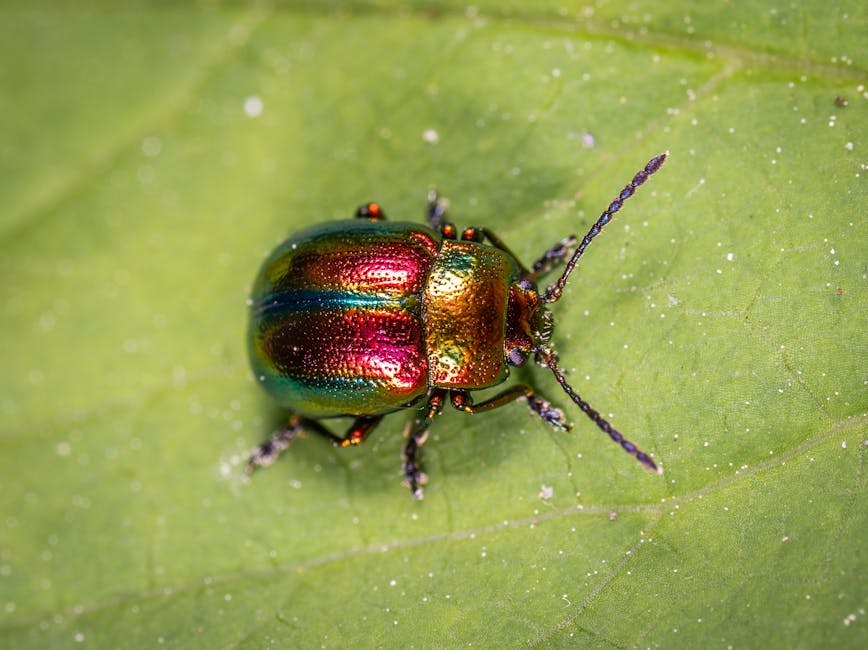
Bug zappers, also known as insect zappers or electronic insect killers, have been a popular method of controlling flying insects for decades. These devices emit ultraviolet light to attract bugs and then electrocute them upon contact. However, there has been ongoing debate about whether bug zappers actually attract more bugs than they kill. In this article, we will delve into this topic and explore the truth behind bug zapper effectiveness.
One of the main arguments against bug zappers is that they may actually attract more bugs to an area than they eliminate. The theory behind this claim is that the UV light emitted by bug zappers can draw in insects from neighboring areas, ultimately leading to a higher concentration of bugs in the vicinity of the device.
Proponents of bug zappers argue that while these devices may attract some insects, they still effectively eliminate a significant number of pests. They emphasize that bug zappers are particularly useful for targeting mosquitoes and other biting insects that can be harmful to humans and animals.
Research studies have attempted to shed light on whether bug zappers attract more bugs than they kill. One study conducted by researchers at the University of Delaware found that bug zappers did indeed lure in a large number of insects but only managed to kill a small percentage of them. This led to concerns about potentially increasing insect populations near bug zapper units.
However, other studies have shown conflicting results. Some research suggests that bug zappers are effective at reducing certain types of flying insects, particularly mosquitoes and flies. The key factor influencing the success of bug zappers appears to be their placement and timing – strategically positioning these devices in high-traffic insect areas during peak activity times can enhance their efficiency.
It is important to consider environmental factors when evaluating the impact of bug zappers on insect populations. For example, in urban areas with limited green spaces, bug zappers may be more likely to attract beneficial pollinators such as bees along with nuisance pests. In contrast, rural settings with larger expanses of natural habitats could see fewer negative effects from bug zapper use.
Another aspect to consider is the potential harm caused by indiscriminate insect killing through bug zapper use. While these devices target pests like mosquitoes, they may also inadvertently eliminate beneficial insects such as butterflies and moths. This raises ethical questions about the broader ecological implications of using bug zappers as a pest control method.
In conclusion, the debate over whether bug zappers attract more bugs than they kill remains complex and nuanced. While some studies suggest that these devices may draw in additional insects without effectively reducing pest populations, others highlight their ability to target specific types of pests like mosquitoes.
As consumers weigh the pros and cons of using bug zappers for insect control, it is essential to consider factors such as device placement, environmental considerations, and potential ecological impacts. By understanding how bug zappers function and their implications on insect populations, individuals can make informed decisions about utilizing these devices in their homes or outdoor spaces.





